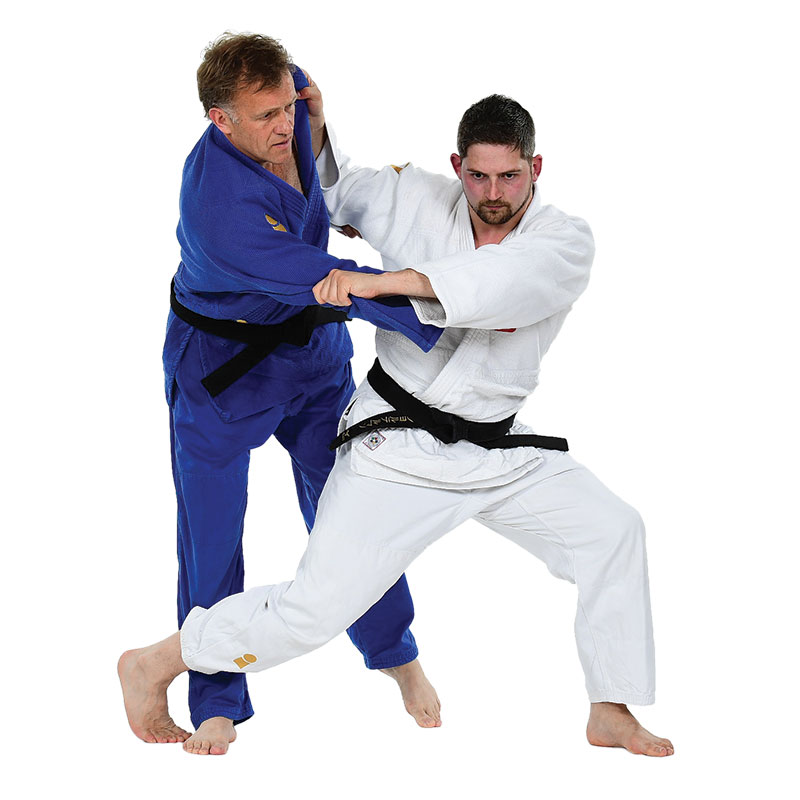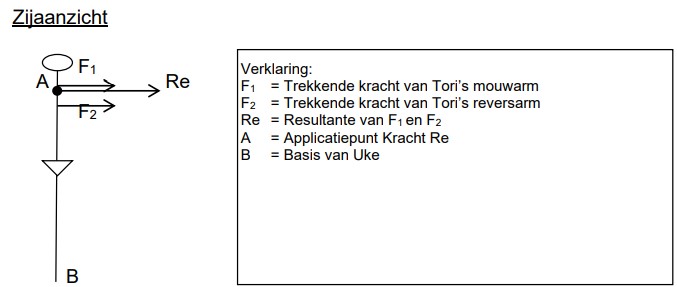Tai-otoshi 体落 (Body Drop)
Classification: Te-waza (hand technique)
Japanese meaning: Tai = body, Otoshi = drop
Type: Arm throw
Technical Description
Tai-otoshi is a powerful hand throw in which tori breaks uke’s balance diagonally forward (to uke’s front-right corner). Tori then opens the body and turns, stepping the right foot forward and slightly across uke’s right foot. The hands work in unison—one pulling the sleeve and the other controlling the collar or shoulder—to project uke forward over the extended leg, which acts as a barrier.
Unlike hip throws or sweeps, tai-otoshi does not involve lifting or sweeping—the throw is completed purely with hand action and body rotation. The extended leg functions to block uke’s step, making it a clean and efficient projection.

How to Perform
-
Kuzushi (balance breaking): Pull uke forward to his front-right corner.
-
Tsukuri (entry): Open your stance and rotate, stepping your right foot across and in front of uke’s right foot. Your toes point in the direction of the throw.
-
Kake (execution): Extend your right leg straight without bending the knee. Then pull strongly with both arms, rotating your torso to direct uke’s momentum over the leg.
Biomechanical Analysis of Tai-otoshi
This technique operates based on the principle of a moment:
-
Uke is thrown over a fixed leg using rotational force generated by the arms.
-
The extended leg acts as a barrier (B), stopping uke’s forward step and becoming the point around which uke rotates.
-
The primary force (Re) comes from the arms—pulling and rotating, while the leg merely redirects movement.
Force lines (F1 and F2) from the grip create a torque effect, accelerating uke’s fall. The hips do not engage in lifting; instead, the entire movement emphasizes timing, angle, and control.

Did You Know?
Tai-otoshi was one of the favorite throws of Willem Ruska, the legendary Dutch judoka and double Olympic gold medallist (Munich 1972).
Ruska often performed tai-otoshi sideways, without fully turning in. Sometimes he gripped uke with one hand and swung them around before dropping them with a strong lateral tai-otoshi.
This insight was shared by Cees “de Rots”, one of Ruska’s training partners, who used to practice with him in a dojo located in the attic of a building in the Red Light District of Amsterdam.